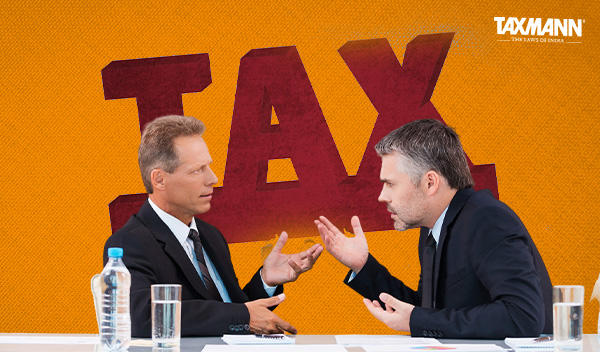
D.C. Agrawal – [2025] 177 taxmann.com 383 (Article)
1. Introduction to Mutual Agreement Procedure (MAP)
The Mutual Agreement Procedure (MAP) is a dispute resolution mechanism embedded in tax treaties, particularly under Article 25 of the OECD Model Tax Convention. It is designed to address cases where taxation is not in accordance with treaty provisions, often leading to issues like double taxation. MAP provides taxpayers with an alternative to domestic litigation, allowing them to approach the competent authorities of one or both Contracting States to resolve such disputes. Its core aim is to ensure fairness, promote certainty in cross-border taxation, and maintain consistency in treaty interpretation and application.
2. Role and Importance in International Taxation
In the era of globalization and complex cross-border transactions, taxation disputes have become more frequent, especially in the area of transfer pricing. MAP serves as a critical tool in resolving these disputes without lengthy court battles, thereby reducing compliance burdens and fostering a stable business environment. By encouraging dialogue between tax administrations of different countries, it supports negotiated outcomes that respect the treaty framework and minimize the risk of double taxation.
3. Process and Functioning of MAP
When a taxpayer believes they have been taxed contrary to the treaty, they can file a MAP request within the stipulated time frame. The competent authorities of the concerned states then engage in discussions to find a mutually agreeable solution. This process may involve exchanging information, interpreting treaty provisions, and applying them to the specific facts of the case. Importantly, MAP outcomes depend on mutual consent and cooperation between the states, which makes it a diplomatic rather than a judicial process.
4. OECD’s BEPS Action 14 and MAP Effectiveness
The relevance of MAP has significantly increased with the OECD’s Base Erosion and Profit Shifting (BEPS) Action 14 initiative. This action plan sets minimum standards for the effective implementation of MAP, including timely resolution of cases, enhanced transparency, and regular peer reviews. By strengthening the MAP framework, BEPS Action 14 ensures that it remains a reliable and efficient avenue for resolving cross-border tax disputes, ultimately fostering greater international tax certainty and cooperation.
Click Here To Read The Full Article
The post [Opinion] Mutual Agreement Procedure for Cross-Border Tax Disputes appeared first on Taxmann Blog.
